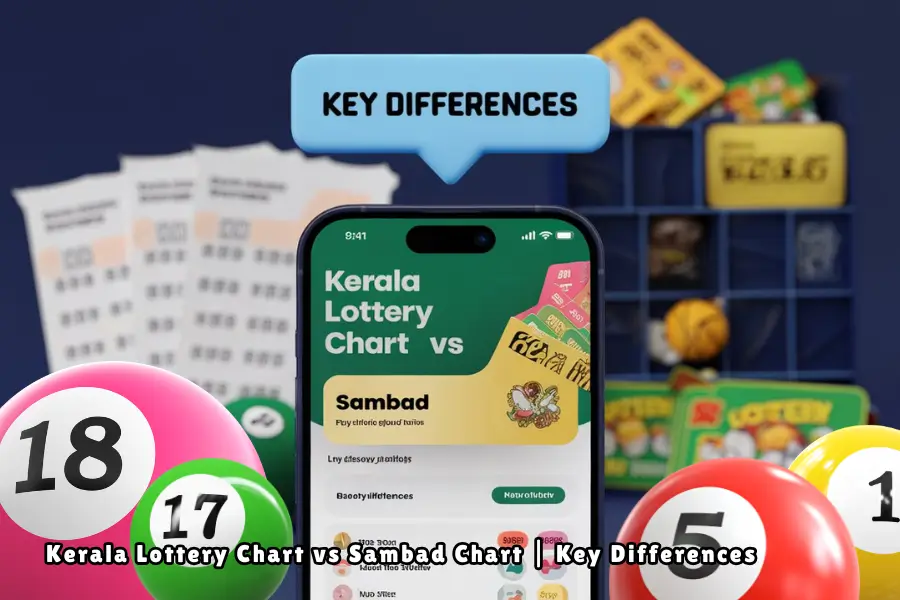Oklahoma Rummy brings a unique twist to the family of rummy games. While staying true to the essence of traditional rummy, it introduces additional rules that add a layer of strategy and excitement. This blog will delve into the distinctive elements, its rules, and gameplay, and how it compares to other popular rummy variants such as Gin Rummy, 500 Rummy, and Canasta.
What is Oklahoma Rummy?
Oklahoma Rummy is a variation of Gin Rummy, but with added rules that make it more unpredictable and strategic. It is a two-player card game where the goal is to form valid melds (sets or runs) and minimize the points of unmatched cards, also known as “deadwood.” The game is played over several rounds, and the player with the lowest total score at the end is declared the winner.
Key Features of Oklahoma Rummy
- Deck and Setup: Oklahoma Rummy is typically played with a standard 52-card deck, with no jokers. Players are dealt 10 cards each, and the remaining cards form the stockpile, with the top card turned face-up to start the discard pile.
- Gameplay Mechanics: The objective is to form sets (three or four cards of the same rank) and runs (three or more consecutive cards of the same suit). The unique twist in Oklahoma Rummy is that the value of the first face-up card determines the minimum number of points needed for a player to knock (end the round).
- Knocking Rules: Unlike Gin Rummy, where players can knock with 10 points or fewer, Oklahoma Rummy’s knocking points depend on the initial face-up card. For example, if the face-up card is a 5, players can only knock when their deadwood points are 5 or fewer. An Ace as the face-up card indicates that players can only go for “Gin” (knocking with no deadwood).
- Scoring: Points are calculated based on the values of deadwood cards. Face cards are worth 10 points, aces are worth 1 point, and numbered cards are worth their face value. If a player goes “Gin,” they receive a bonus, while their opponent is penalized with additional points.
Comparing Oklahoma Rummy to Other Rummy Variants
Gin Rummy
- Gameplay: Both games involve forming sets and runs with the goal of minimizing deadwood points. However, Gin Rummy allows players to knock with 10 points or fewer, while Oklahoma Rummy’s knocking limit changes dynamically with each round.
- Complexity: Oklahoma Rummy’s varying knocking rules add complexity, requiring players to adapt their strategies constantly.
- Strategy: In Gin Rummy, players often play conservatively to avoid exceeding the 10-point threshold. In Oklahoma Rummy, players must adjust their tactics based on the face-up card’s value, making the game more unpredictable.
500 Rummy
- Gameplay: 500 Rummy is a points-based game where players draw and discard cards to form melds, aiming to be the first to reach 500 points. Unlike Oklahoma Rummy, there is no knocking; players continue drawing and discarding until they can lay down all cards in melds.
- Complexity: 500 Rummy offers a straightforward approach with a cumulative score system, while Oklahoma Rummy’s dynamic knocking rules create a more variable and strategic environment.
- Strategy: Oklahoma Rummy requires more careful hand management due to the variable knock limit, whereas 500 Rummy emphasizes quick melding and score accumulation.
Canasta
- Gameplay: Canasta is played with two decks and involves forming melds of seven cards (a Canasta) to score points. It’s usually played in teams and requires more cards to be melded at once compared to Oklahoma Rummy.
- Complexity: Canasta is more complex due to its team-based mechanics, multiple decks, and varied meld types. Oklahoma Rummy remains simpler in terms of rules but adds depth through dynamic play.
- Strategy: Canasta emphasizes teamwork and long-term strategy across rounds, while Oklahoma Rummy requires immediate tactical adjustments based on the face-up card’s value.

Tips for Excelling at Oklahoma Rummy
- Adapt Quickly to Knocking Rules: Pay close attention to the value of the initial face-up card. Adjust your strategy based on the points needed to knock, whether it’s playing conservatively or aggressively discarding high-value deadwood.
- Manage Deadwood Effectively: The key to Oklahoma Rummy is keeping your deadwood points low. Prioritize melding high-value cards early to minimize potential penalties if your opponent knocks.
- Anticipate Your Opponent’s Moves: Observing your opponent’s discards and draws can provide clues about their hand. If they frequently pick up certain suits or ranks, they may be close to forming a meld. Adjust your discards to prevent them from completing it.
- Plan for the “Gin” Opportunity: When the face-up card is an Ace, aim for a “Gin” by forming all possible melds and eliminating deadwood. This can give you a significant points advantage.
- Calculate Risks Based on Face-Up Cards: If a high card is the face-up card, the knock limit will be higher, allowing you more flexibility. Use this to take calculated risks, holding onto potentially useful cards for longer.
Ready to Dive Into Oklahoma Rummy?
Oklahoma Rummy offers an engaging and strategic twist on the traditional rummy format. Its unique rule variations make every round distinct, ensuring that players remain challenged and entertained. Whether you’re a rummy enthusiast looking for a new challenge or a newcomer wanting to explore different rummy variants, Oklahoma Rummy is a fantastic game to try.
Gather your friends or challenge opponents online to experience the strategic depth of Oklahoma Rummy. Test your adaptability and decision-making skills, and see if you have what it takes to master this dynamic card game!
For more game strategies, comparisons, and card game insights, stay tuned to our blog. Dive deeper into the world of card games and discover new favorites that will keep you entertained and challenged!







